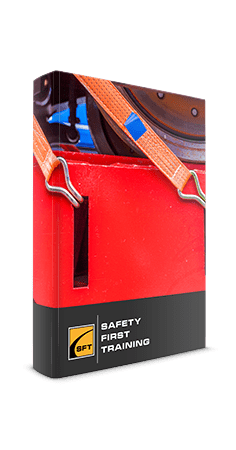CARGO SECUREMENT FLATBED TRAILER TRAINING
This online course will instruct on proper cargo loading, cargo inspection and cargo securement. Identifies requirements for common types of cargo typically hauled by flatbed trailers and information related to tie downs and general cargo securement techniques. Tips on preventing load loss, trip delays, higher insurance rates and injury or damage. Upon successful completion of the Cargo Securement Flatbed Training course, a certificate of completion will be available to download and print.
Buy NowDuration
Approximately 90 minutes
Assessment
Testing conducted in this online Cargo Securement Flatbed Training course is designed to reinforce the information presented. A final mark of 80% must be achieved to receive a certificate of completion. Participants are able to repeat the course two addit
Completion
Upon successful completion of the Cargo Securement Flatbed Training course, a certificate of completion will be available to download and print.
CARGO SECUREMENT FLATBED TRAINING
COURSE OUTLINE
Importance of cargo securement
Drivers and Carriers responsibilities and federal regulations
Cargo securement and CSA scores
Working load limits
Direct and indirect tie-downs
Proper cargo loading and securement techniques
Performing pre-trip and en route flatbed and cargo inspections
Best practices for securing common commodities
Click here for a general cargo securement flatbed trailers video
Visit the Canadian Council of Motor Transport Administrators’ (CCMTA) to view cargo securement standards.
General Tips:
Ensure the load and all equipment/tools are properly secured.
Cargo must be secured on or within a vehicle. Shovels, blocks, webbing, chains, spare tires, brooms, forklifts, pallet jacks, winches, ratchets, etc., all must be secured. In an enclosed trailer, large or heavy loads may need additional securement to safely secure the load.
Bungee cords and tarp straps must not be used as the main securement for loads or equipment.
Inspect tie-downs for wear and damage.
Ensure the load is always properly contained and secured so that it will not leak, spill, blow off, fall from, fall through or shift.
Top 5 Load Securement Violations:
1. Failure to prevent shifting/loss of load
2. Failure to secure truck equipment (tarps, doors, tailgates, spare tires, etc.)
3. Insufficient tie downs
4. Damaged tie downs (unacceptable wear on chain, cuts and tears on web straps)
5. Loose tie-downs


